10 Best Herbal Creams For Dermatitis
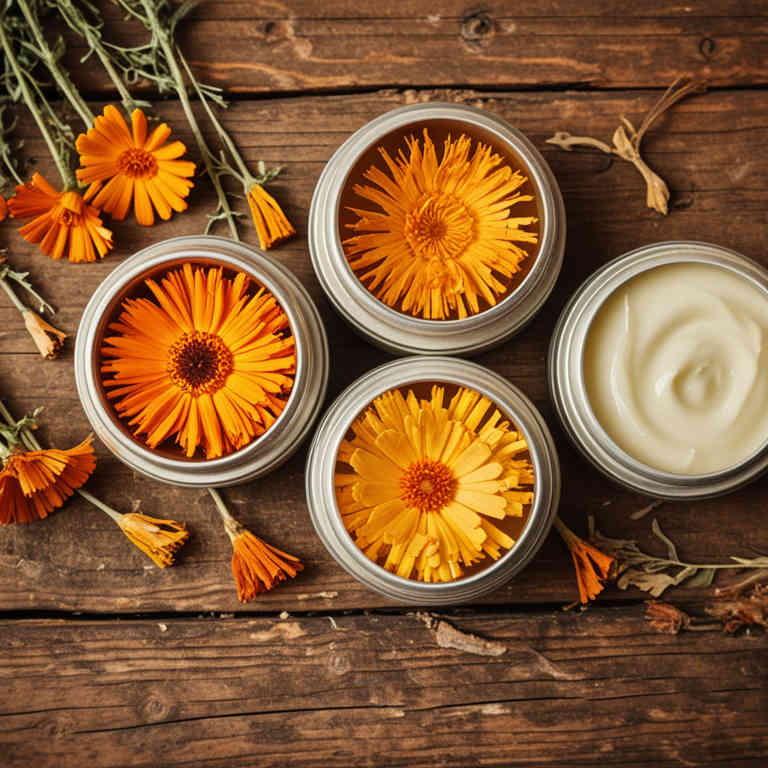
Herbal creams for dermatitis are natural topical treatments that incorporate plant-based ingredients known for their anti-inflammatory and soothing properties.
These creams often contain ingredients such as aloe vera, chamomile, calendula, and licorice root, which can help reduce redness, itching, and irritation associated with various forms of dermatitis. Unlike some conventional corticosteroid creams, herbal alternatives are generally considered safer for long-term use and may reduce the risk of skin thinning or dependency. However, their effectiveness can vary depending on the individual's condition and the specific herbs used, so it's important to consult a healthcare professional before starting any new treatment.
Overall, herbal creams offer a gentle, natural option for managing dermatitis symptoms, complementing traditional medical approaches.
FREE Herb Drying Checklist
How to make sure every batch retains maximum flavor, color, and aroma without the risk of mold or over-drying. Eliminate guesswork and trial-and-error, making herb drying faster, easier, and more efficient every time.
Table of Contents
1. Aloe barbadensis
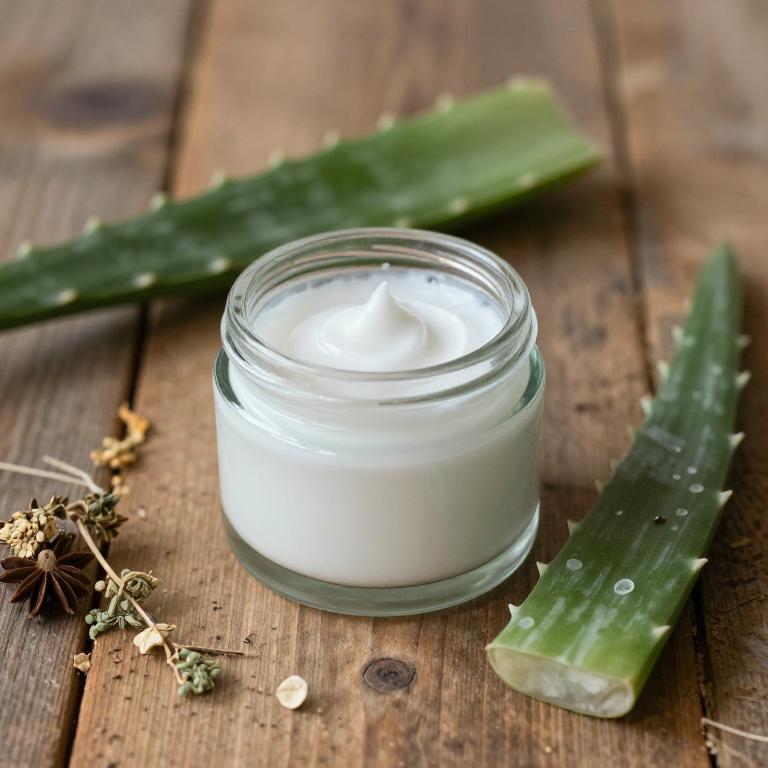
Aloe barbadensis, commonly known as aloe vera, is widely used in herbal creams for the treatment of dermatitis due to its soothing and anti-inflammatory properties.
These creams often contain a concentrated form of aloe gel, which helps to reduce redness, itching, and irritation associated with various types of dermatitis. The natural compounds in aloe vera, such as polysaccharides and enzymes, promote skin healing and enhance the skin's barrier function. Many individuals with eczema or contact dermatitis find relief using aloe-based products as a natural alternative to conventional treatments.
However, it is important to choose a high-quality, pure aloe cream to avoid potential irritants or additives that may worsen skin conditions.
2. Hypericum perforatum
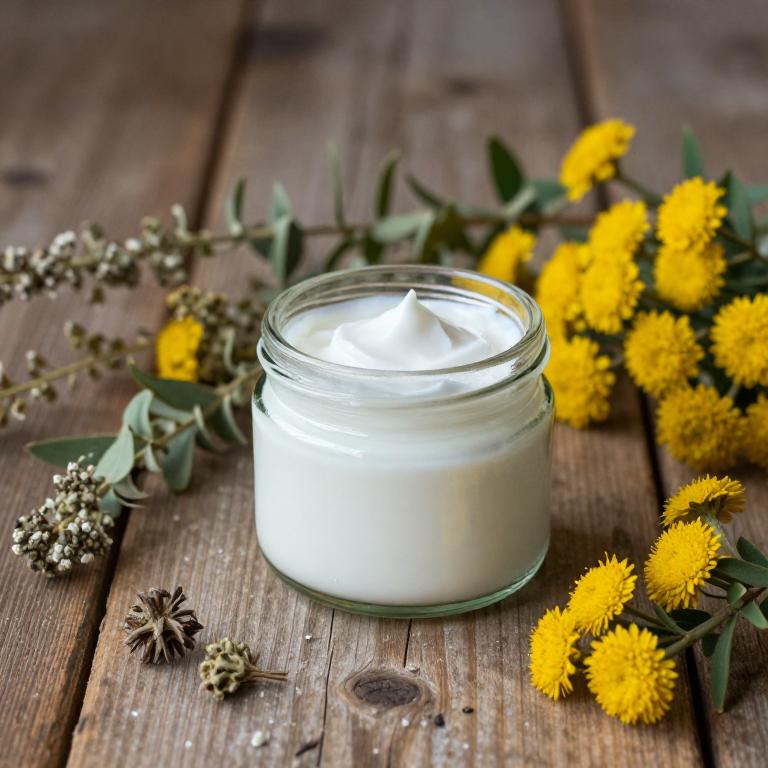
Hypericum perforatum, commonly known as St. John's wort, is often used in the form of herbal creams to treat dermatitis due to its anti-inflammatory and antimicrobial properties.
These creams may help reduce redness, itching, and skin irritation associated with conditions like eczema and contact dermatitis. The active compounds in hypericum, such as hyperforin and hypericin, are believed to modulate inflammatory responses and protect skin cells from damage. However, it is important to consult a healthcare provider before using St. John's wort creams, as they may interact with certain medications or cause photosensitivity.
Despite its potential benefits, individual responses to hypericum-based treatments can vary, and it should not replace professional medical advice or treatment.
3. Urtica dioica
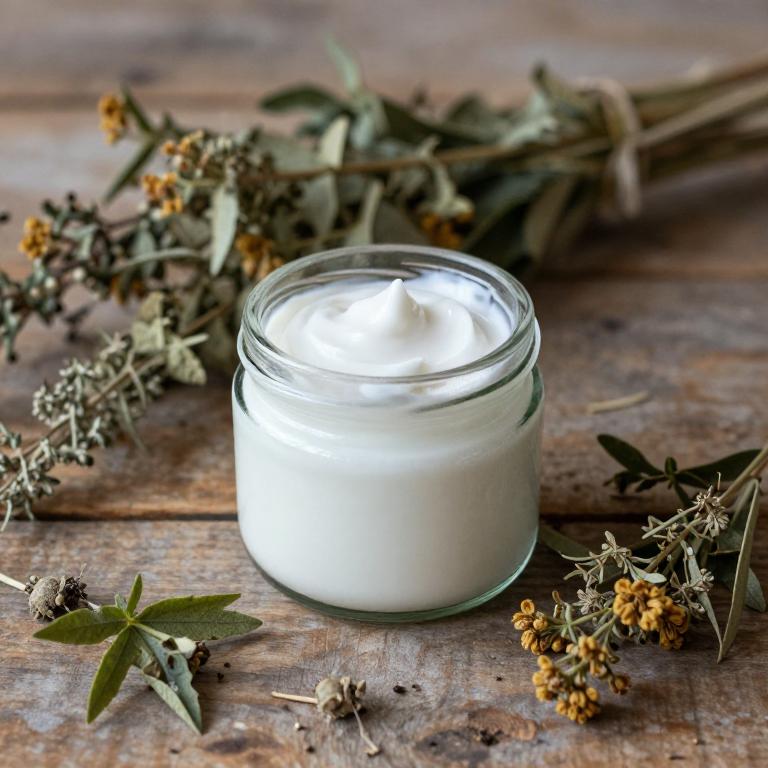
Urtica dioica, commonly known as stinging nettle, is often used in herbal creams for the treatment of dermatitis due to its anti-inflammatory and soothing properties.
These creams typically contain extracts of the leaves, which are rich in antioxidants, minerals, and compounds that can help reduce redness, itching, and irritation associated with skin conditions like eczema and contact dermatitis. The anti-inflammatory effects of urtica dioica may help in calming the skin and promoting healing, making it a popular natural remedy for sensitive skin. However, it is important to perform a patch test before applying the cream to avoid any allergic reactions.
While some studies suggest potential benefits, more research is needed to fully understand its efficacy and safety for long-term use.
4. Chamomilla recutita
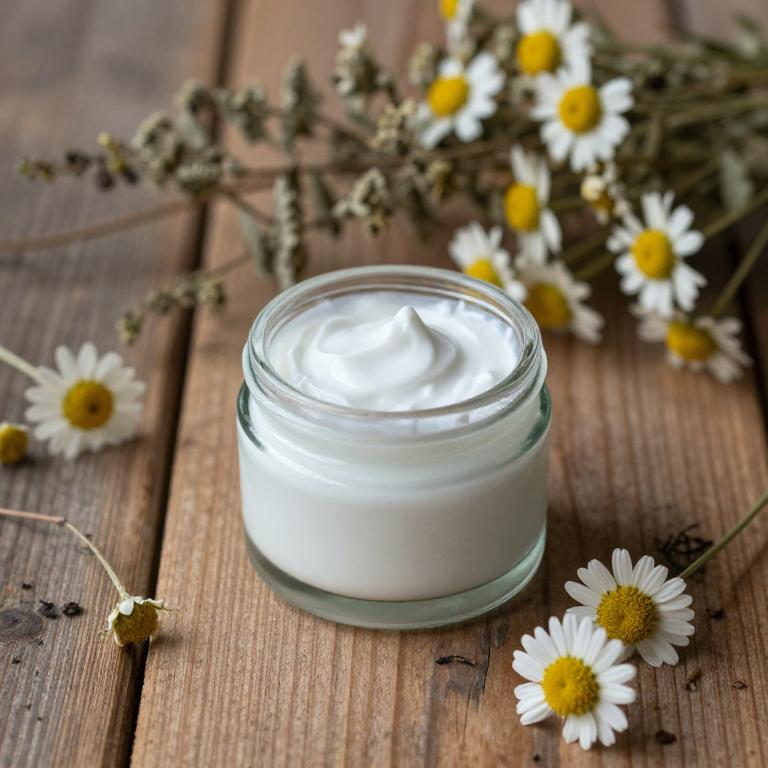
Chamomilla recutita, commonly known as German chamomile, is widely used in herbal creams for the treatment of dermatitis due to its potent anti-inflammatory and soothing properties.
These creams often contain chamomile extract, which is rich in flavonoids and terpenoids that help reduce redness, itching, and irritation associated with eczema and other forms of dermatitis. The calming effects of chamomile can provide relief by promoting skin healing and reducing sensitivity. Many dermatologists recommend these creams as a natural alternative or complementary treatment for mild to moderate skin conditions.
However, it is important to perform a patch test before use, as some individuals may be allergic to chamomile or other ingredients in the formulation.
5. Matricaria chamomilla
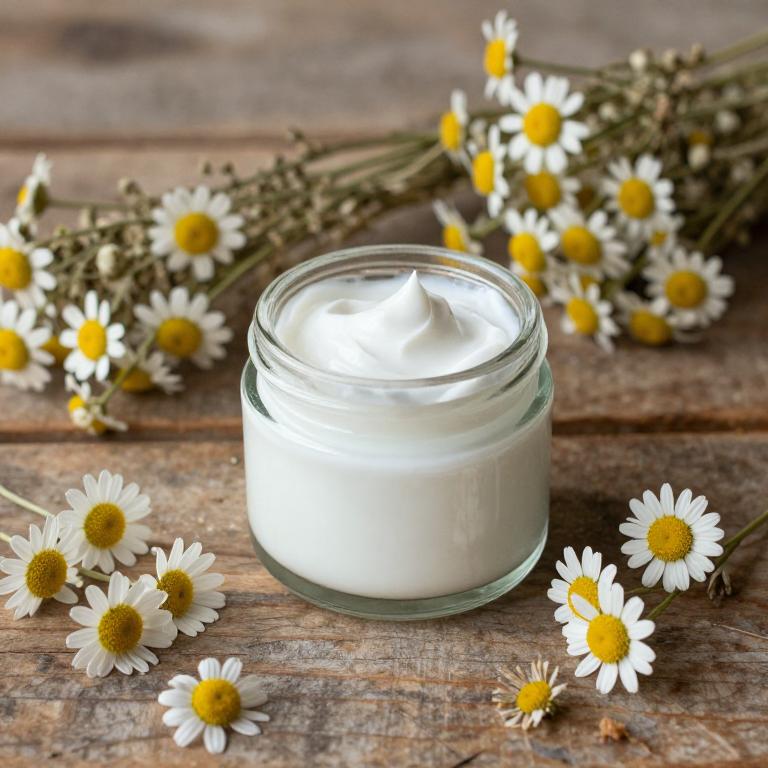
Matricaria chamomilla, commonly known as chamomile, is a popular herbal ingredient used in the formulation of creams for the treatment of dermatitis.
These creams often contain chamomile extract, which is known for its anti-inflammatory, antiseptic, and soothing properties. Chamomile helps to reduce redness, itching, and irritation associated with various types of dermatitis, including eczema and contact dermatitis. The essential oils in chamomile, such as bisabolol and chamazulene, contribute to its effectiveness in calming sensitive skin.
When applied topically, chamomile-based creams can provide relief and promote skin healing, making them a natural and gentle option for managing dermatitis symptoms.
6. Zingiber officinale
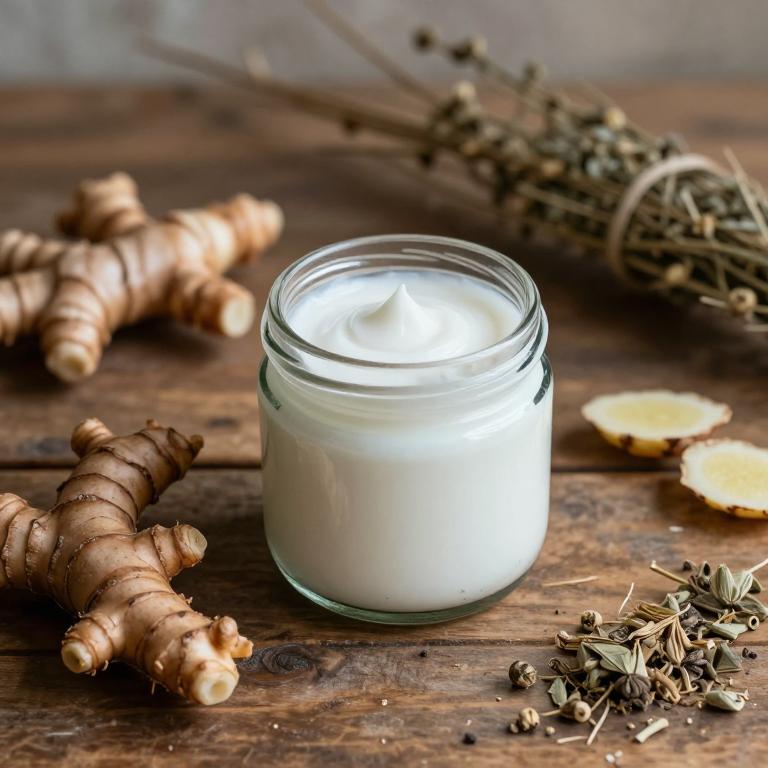
Zingiber officinale, commonly known as ginger, has been traditionally used for its anti-inflammatory and antioxidant properties, making it a valuable ingredient in herbal creams for dermatitis.
These creams often incorporate ginger extract to soothe irritated skin and reduce redness associated with conditions like eczema and contact dermatitis. The active compounds in ginger, such as gingerol and shogaol, help to modulate the immune response and decrease skin inflammation. When applied topically, ginger-based creams may provide relief from itching and discomfort while promoting skin healing.
However, it is important to perform a patch test before using such products to avoid potential allergic reactions.
7. Echinacea purpurea
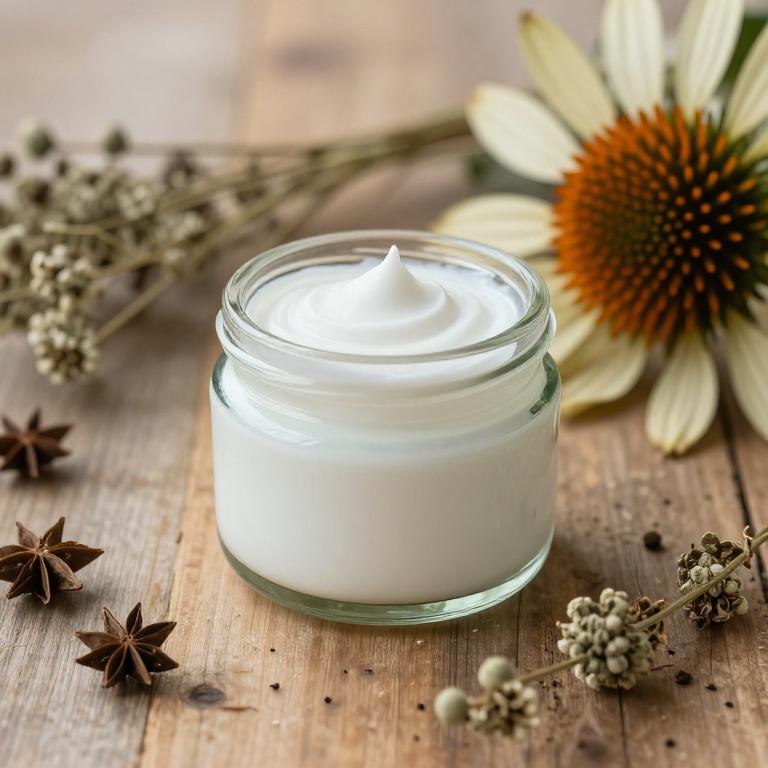
Echinacea purpurea, commonly known as purple coneflower, is a popular herbal remedy that has been used for its potential anti-inflammatory and immune-boosting properties.
When incorporated into topical creams, echinacea purpurea may offer relief for individuals suffering from dermatitis by reducing redness, itching, and skin irritation. These herbal creams are often formulated with other natural ingredients such as aloe vera or calendula to enhance their soothing effects. While some studies suggest echinacea may help modulate the immune response, more research is needed to fully understand its efficacy for dermatitis.
As with any herbal treatment, it is advisable to consult a healthcare professional before use, especially for those with sensitive skin or existing medical conditions.
8. Calendula officinalis
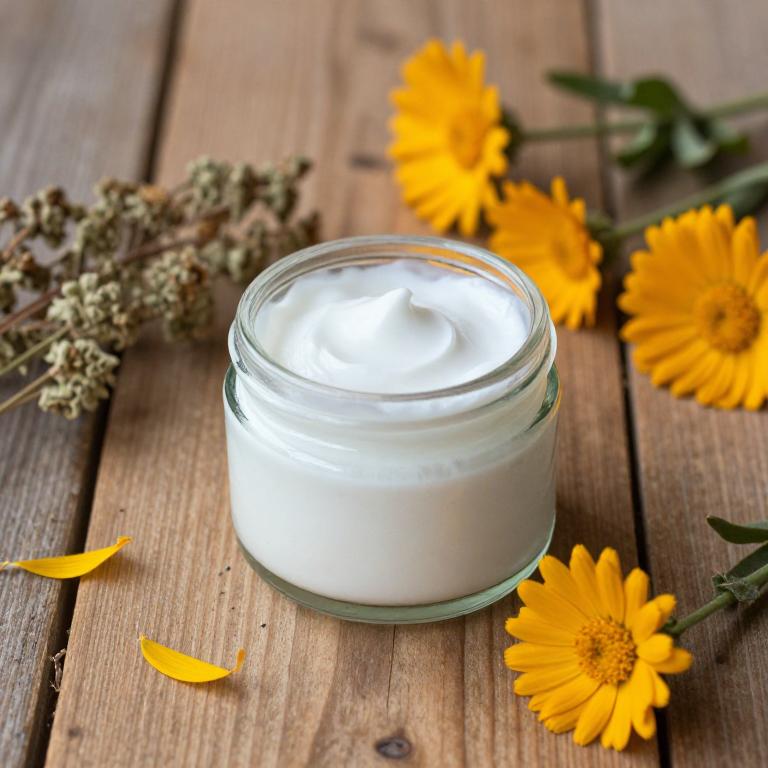
Calendula officinalis, commonly known as pot marigold, is a popular herbal ingredient used in the formulation of creams for treating dermatitis due to its anti-inflammatory and soothing properties.
These creams often contain extracts from the dried flowers of the plant, which are rich in flavonoids and triterpenoids that help reduce skin irritation and redness. The natural anti-microbial and antioxidant properties of calendula can support the healing process and promote skin regeneration in individuals with eczema or contact dermatitis. Many users report that calendula-based creams provide gentle relief without the harsh side effects associated with some synthetic corticosteroids.
As a result, these herbal creams are increasingly favored as a complementary or alternative treatment for mild to moderate skin conditions.
9. Lavandula angustifolia
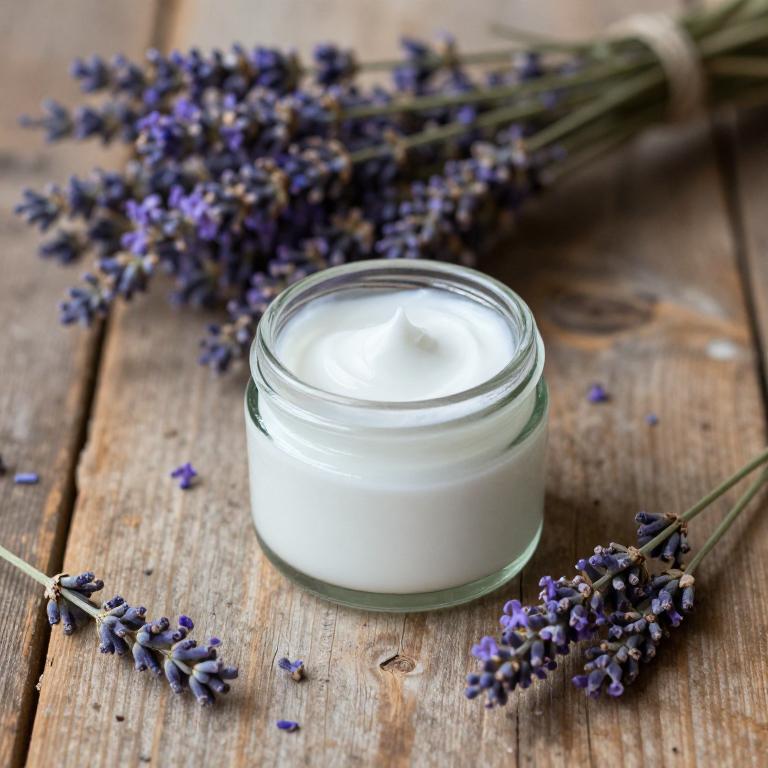
Lavandula angustifolia, commonly known as English lavender, is widely used in herbal creams for the treatment of dermatitis due to its anti-inflammatory and antimicrobial properties.
These creams often contain essential oils extracted from lavender flowers, which help to soothe irritated skin and reduce redness. The calming scent of lavender also provides a pleasant sensory experience, enhancing the therapeutic effect. Clinical studies suggest that lavender-based creams can effectively alleviate symptoms of eczema and contact dermatitis.
However, it is important to perform a patch test before using these products to avoid potential allergic reactions.
10. Camellia sinensis

Camellia sinensis, the plant from which green and black teas are derived, is increasingly being incorporated into herbal creams for the treatment of dermatitis due to its anti-inflammatory and antioxidant properties.
These creams often contain extracts from Camellia sinensis that help reduce redness, irritation, and dryness associated with eczema and contact dermatitis. The polyphenols in these extracts, particularly catechins, have been shown to modulate immune responses and promote skin healing. Additionally, the soothing nature of Camellia sinensis-based creams makes them a natural alternative for individuals seeking non-chemical treatments.
However, it is important to consult a dermatologist to ensure these products are suitable for specific skin conditions and to avoid potential allergic reactions.